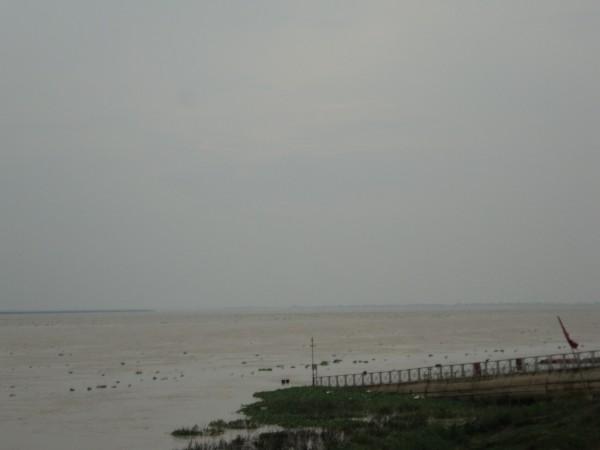The groundwater poisoning at Uddanam of Srikakulam district in Andhra Pradesh came to light on February 9 after 9,000 people from the area were diagnosed with stage-III kidney disease by a team of medical experts. State health minister Kamineni Srinivas pointed to the presence of silica in the groundwater as the reason for the high incidence of kidney disease in the area. The expert team pitched a proposal to set up medical centres in the area to treat kidney ailments. The team also urged the government to provide pure water in the affected regions.
South Asia Groundwater Contamination: 60% Contains Excess Salinity And Arsenic, Study Reveals
India draws upto 761 billion cubic metres of freshwater every year to fulfil its agricultural, domestic and industrial needs. According to a recent Parliament Committee reports on water resources, the groundwater level in many states are at a critical low as 90% of the water has already been extracted.
The Central Groundwater Board report says the groundwater at 276 districts are afflicted with high levels of fluoride, while 387 districts have nitrates above the safe level. Moreover, the groundwater at 86 districts are beset by rising arsenic content. As many as 650 cities and towns lie along polluted rivers, which contaminate groundwater, the report said. Meaning, half of India's groundwater is contaminated.
Here are four other cases of groundwater contamination in india:
1) Arsenic poisoning In West Bengal
After poisoning the groundwater of 13 West Bengal districts, arsenic has now seeped into the state's capital city as well. As many as 488 villages in West Bengal face the arsenic menace.
2) Toxic industrial waste contaminates Kollam waters
A total of 300 families living in the radius of 500 metres of a metal industry in Kerala's Kollam district have been suffering from diseases induced by ground water contamination. Toxic metal remains from the Kerala Minerals and Metal Limited in Chittoor village have affected the paddy fields as well. Pollutants like mercury and acid are causing allergies, burns and sores among the residents.
3) Arsenic alarm in Bihar
According to the Project Arsenic, districts of Patna, Bhojpur, Vaishali and Bhagalpur and villages like Maner, Danapur, Sampatchak, Barh, Bakhtiarpur, Fatuha, Khusrupur, Phulwari, Mokama, Pandarak are blighted by high arsenic poisoning for years.

The report also found that people suffering from arsenicosis have not yet responded to known treatment procedures. The high intake of arsenic, along with malnourishment and lack of medical help have worsened the lives of the population in the affected areas.
A research article on Bihar arsenic poisoning states that excessive withdrawal of ground water for agricultural practices in 1990's led to geological changes in Gangetic plain. This led to the depletion of water table in summer season and when oxygen enter the aquifer, it oxidises arsenic-rich iron sulphide and thereby contaminate the entire aquifer with arsenic.
4) Arsenic poisoning kills Balia villagers
The villagers of Ballia, Uttar Pradesh have lost many lives to arsenic toxicity (arsenicosis) in the last 10 years. Most of the villagers suffer from cancer, skin lesions and breathlessness.
Dipankar Chakraborti, Research Director, Arsenic Research Unit (ARU) and former Director, School of Environmental Studies (SOES), Jadavpur University, Kolkata and his associates have suggested an epidemiological research in the arsenic-affected areas to characterise and quantify the arsenic-related public health burden.

















